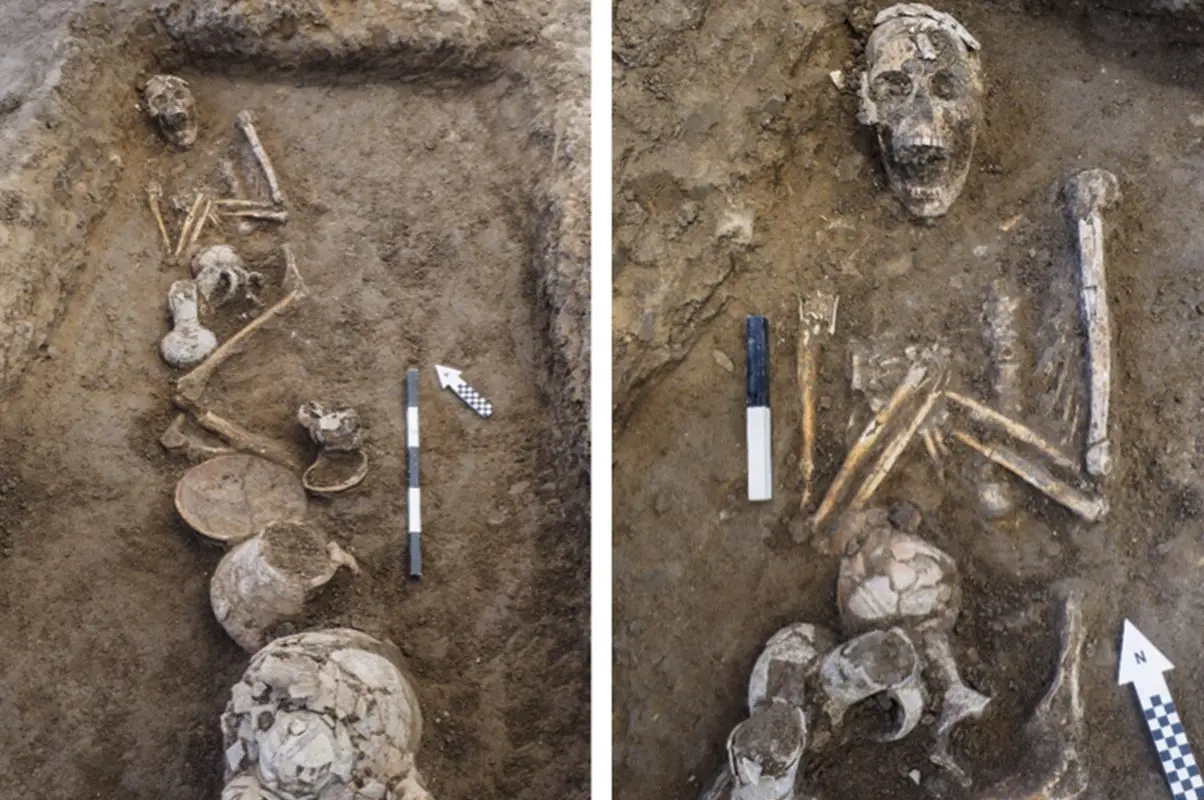A new study by the Israel Antiquities Authority (IAA), in collaboration with the Tel Aviv University and the Weizmann Institute of Science has revealed the earliest evidence of opium use in Israel.
Opium is dried latex obtained from the seed capsules of the opium poppy Papaver somniferum. The traditional, labour-intensive method of obtaining the latex is to scratch (“score”) the immature seed pods by hand, where the latex leaks out and dries to a sticky yellowish residue that is later removed and dehydrated.
Excavations at Tel Yehud in 2012 found Canaanite graves which contained ceramic vessels dating from the 14th century BC during the Late Bronze Age. A large group of vessels referred to in the study as “Base-Ring juglets” were imported from Cyprus, which the team has now applied an organic residue analysis that revealed evidence of opium residue.
The discovery confirms historical writings which suggest that opium and its trade played a central role in the cultures of the Near East. This is the first time that opium has been found in pottery in general, and in Base-Ring vessels in particular. It is also the earliest known evidence of the use of hallucinogens in Israel.
Vanessa Linares from Tel Aviv said: “This is the only psychoactive drug that has been found in the Levant in the Late Bronze Age. In 2020, researchers discovered cannabis residue on an altar in Tel Arad, but this dated back the Iron Age, hundreds of years after the opium in Tel Yehud. Because the opium was found at a burial site, it offers us a rare glimpse into the burial customs of the ancient world.”
“One must remember that opium is produced from poppies, which grew in Asia Minor – that is, in the territory of current-day Turkey – whereas the pottery in which we identified the opium were made in Cyprus. In other words, the opium was brought to Yehud from Turkey, through Cyprus; this of course indicates the importance that was attributed to the drug,” added Linares.
Israel Antiquities Authority
http://doi.org/10.1111/arcm.12806
Header Image Credit : Israel Antiquities Authority





